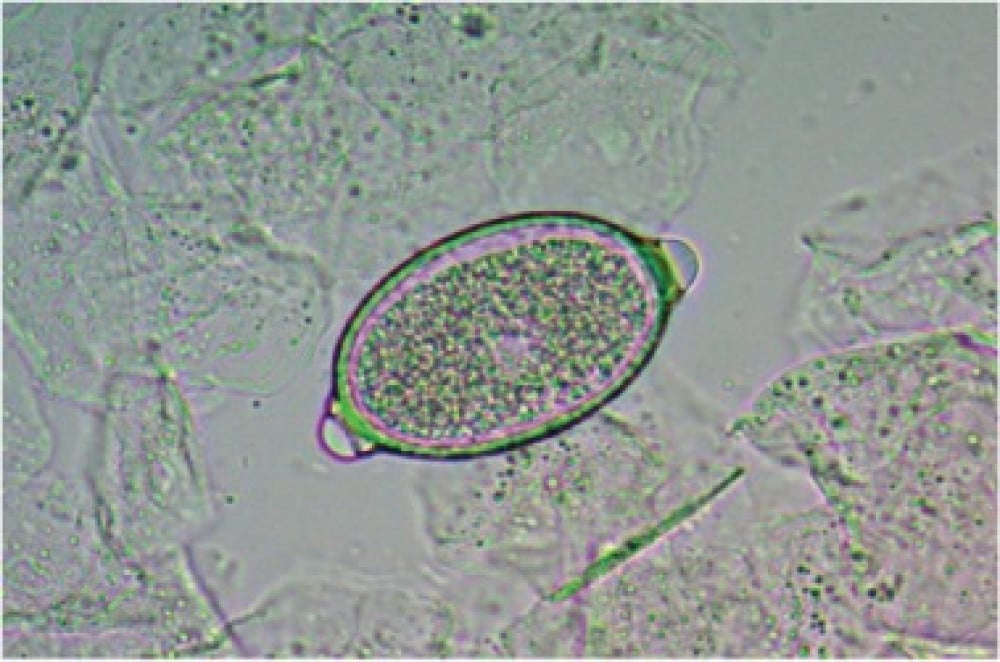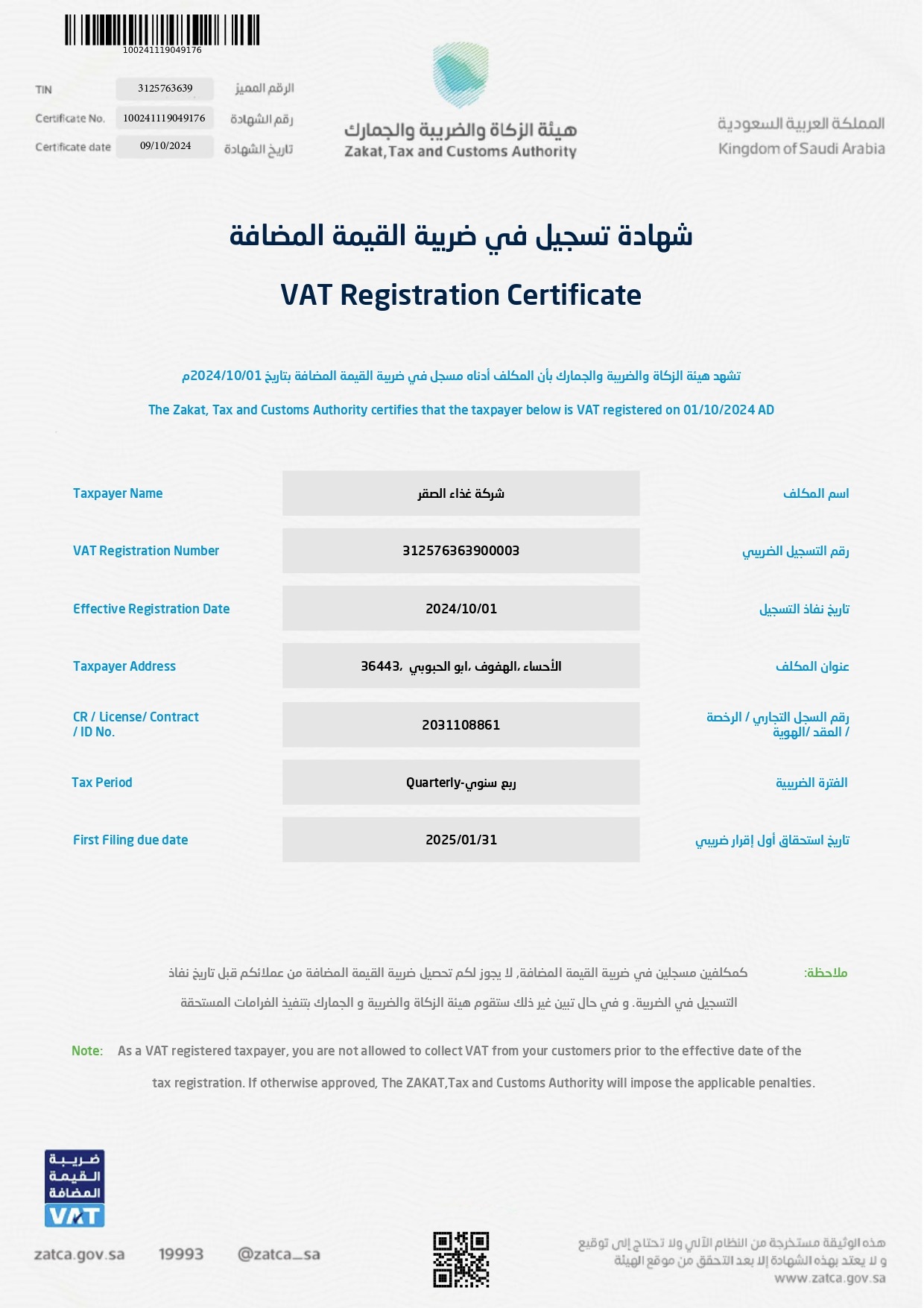Capileria (horseworms)

Capillaria: also known as prey worms in falconry, they are internal parasites whose length ranges between (1 - 5) cm. Infection with them leads to the formation of white membranes in the esophagus and crop (egg). These parasites are found in the oral cavity, pharynx, esophagus, and intestines, and their symptoms may be similar to other diseases. Such as thrush, fungal infections of the horse, and nutritional deficiency diseases such as vitamin A deficiency.
The humid and moderate climate is considered the most suitable for the eggs of these parasites to remain in their pathogenic state, and earthworms also play an important role in transmitting the infection to healthy falcons.
Ways of transmission:
- Directly through hawks eating infected earthworms.
- Tools contaminated with the feces of infected hawks and birds (troughs, nests, water drinking utensils, food preparation utensils, and other utensils) which contain the eggs of these parasites.
Pathological symptoms:
- Delayed digestion of food (food loss).
- The injured falcon is observed to regurgitate the food provided to it, and it also cuts and tears it into small pieces and throws them away without eating them.
- Weight loss.
- Loss of appetite for food.
- The falcon's ability to fly is weakened or lost in cases of severe injury.
- Difficulty with balance while landing on the ground and inability to fly moderately.
- The injured falcon is observed to regurgitate the food provided to it, and it also cuts and tears it into small pieces and throws them away without eating them.
Methods of diagnosing the disease:
Direct microscopic diagnosis of the stool of an infected falcon, as the eggs of these worms are characterized by their oval shape, dotted surface, and the presence of protrusions on their sides.
The egg of the parasite Cappeleria (predator worms) as it appears when examining a stool sample (stem) with an optical microscope. Note the shape of the egg, which is characterized by the presence of protrusions on its sides.
Prevention and control:
- Falcons should be examined periodically, and it is recommended that there be two examinations each year. The first examination is conducted after the end of the hunting season, while the second examination is conducted after the end of the hunting season.
- Controlling falcon breeding rooms and nests by preventing the access of insects, earthworms, and snails that can transmit infection to falcons.
- Ensure that the tools used for healthy falcons are not contaminated with feces from infected falcons and birds.
treatment:
Horse worms can be treated by giving antiparasitics such as fenbendazole, ivermectin, moxidectin, and other medications.


